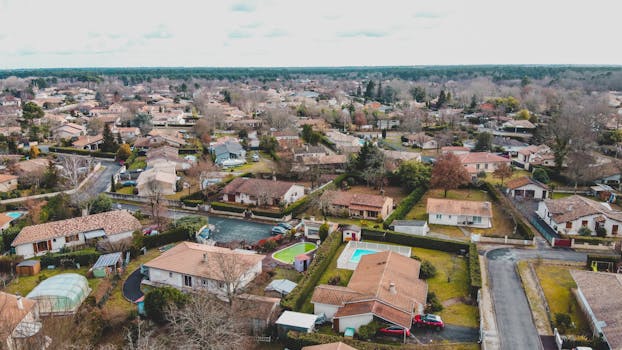
Urban Green Spaces: The Future of Outdoor Living in European Cities by 2025
Urban Green Spaces are becoming increasingly important in European cities, providing numerous benefits for residents and the environment. These spaces, which include parks, gardens, green roofs, and other areas of urban vegetation, help to mitigate the effects of climate change, improve air quality, and promote physical and mental health.
Introduction to Urban Green Spaces
Urban green spaces are areas of vegetation in cities, which can range from small parks and gardens to large green roofs and urban forests. These spaces provide a range of benefits, including reducing urban heat island effects, managing stormwater runoff, and improving air quality. They also offer opportunities for recreation, socialization, and relaxation, making them an essential component of sustainable and livable cities.
Benefits of Urban Green Spaces
Urban green spaces offer numerous benefits for residents and the environment. Some of the most significant advantages include:
- Improved air quality: Vegetation in urban green spaces helps to remove pollutants and particulate matter from the air, improving respiratory health and reducing the risk of cardiovascular disease.
- Reduced urban heat island effect: Green spaces can help to mitigate the urban heat island effect, which occurs when built-up areas absorb and retain heat, making cities warmer than surrounding rural areas.
- Enhanced mental health and well-being: Spending time in nature has been shown to reduce stress, improve mood, and promote overall mental health and well-being.
- Increased biodiversity: Urban green spaces provide habitat for a range of plant and animal species, helping to maintain and enhance urban biodiversity.
- Climate change mitigation: Urban green spaces can help to reduce the urban carbon footprint by absorbing carbon dioxide and producing oxygen.
Challenges and Opportunities for Urban Green Spaces
Despite the numerous benefits of urban green spaces, there are also challenges and opportunities to consider. Some of the most significant include:
- Availability and accessibility: Many cities lack adequate green spaces, and existing spaces may be inaccessible or underutilized.
- Maintenance and management: Urban green spaces require regular maintenance and management to ensure they remain safe, healthy, and functional.
- Climate change and extreme weather events: Urban green spaces must be designed and managed to withstand the impacts of climate change, including extreme weather events and changing precipitation patterns.
- Integration with urban planning and design: Urban green spaces should be integrated into overall urban planning and design, taking into account the needs and priorities of local communities.
Future of Urban Green Spaces in European Cities by 2025
By 2025, urban green spaces will play a crucial role in shaping the future of outdoor living in European cities. Some of the most significant trends and developments include:
- Increased investment in green infrastructure: Cities are likely to invest more in green infrastructure, including green roofs, green walls, and urban forests.
- Integration with smart city technologies: Urban green spaces will be integrated with smart city technologies, such as sensors and monitoring systems, to enhance their performance and efficiency.
- More emphasis on community engagement and participation: Urban green spaces will be designed and managed to promote community engagement and participation, including volunteer opportunities and community-led initiatives.
- Greater focus on biodiversity and ecosystem services: Urban green spaces will be designed and managed to promote biodiversity and ecosystem services, including pollination, pest control, and climate regulation.






